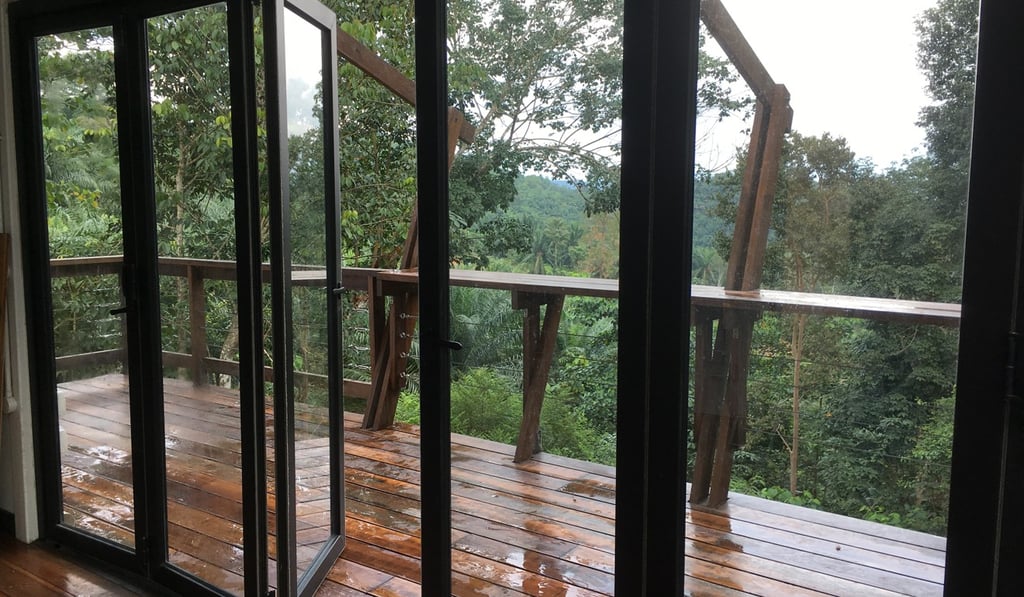Advertisement
Muji, Marie Kondo, and Asia’s tiny house movement
- Would you live in a 100 sq ft hut in a forest? Believe it or not, a growing number of millennials are choosing to do so as part of the ‘tiny house movement’
- Some are going small for financial or environmental reasons, while others simply no longer believe big is beautiful
Reading Time:7 minutes
Why you can trust SCMP
0

It was only a garlic press – 20cm of stainless steel and lighter than a tennis ball. Yet Atiqah Nadiah Zailani deliberated for days over whether to buy it.
The cooking utensil could easily fit in a drawer or hang on a kitchen hook, but the NGO worker was downsizing.
Atiqah, 32, was moving from her spacious family apartment in Kuala Lumpur to a 300 sq ft home she had built in a forest on the outskirts of the Malaysian capital.
She is among a growing number of proponents of the “tiny house movement” worldwide.
Espoused by trendy, minimalist brands such as Japanese firm Muji and lifestyle gurus like Marie Kondo, the idea is that less is more.
No exact criteria exist but the general consensus is that a tiny home is 400 sq ft or smaller. Examples include Muji’s US$26,000 Muji Hut, which was released in 2017 and clocks in at a mere 100 sq ft.

Advertisement